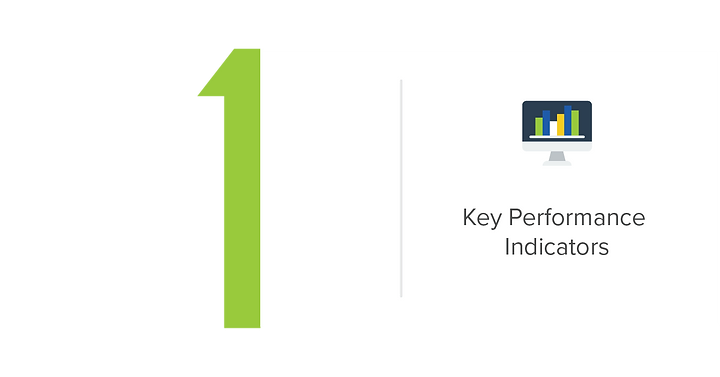All businesses right now are taking a step back to evaluate their strategies and models as we deal with the comprehensive impact of coronavirus, from policies and practices to performance, and especially risk management. Credit unions may house this data in disparate locations, which makes it difficult to find and compile for simple views to allow for quicker decision making. It really should be all in one place with an easy to read dashboard.
In addition to understanding the performance of loans and your business, it’s important to have a strong grasp on your risks to determine what’s working (or not) for your credit union or bank’s lending and begin your path to CECL compliance. Your risk management system should provide quick access and provide the data you need to meet these needs.
Loan systems should automatically compile and display your Key Performance Indicators (KPIs) in a single screen that’s easy to read and access. Once you have your simple view, executives and other team members can dig into the data easily to “slice and dice” into different views for the content on which they need to execute.
 The ability to merge your data with alternate data from third parties is an excellent way to gain a more comprehensive view of your loan portfolio. Open Lending’s Lenders Protection™ features a proprietary mix of alternative data for a better view of your auto loan portfolio, which is particularly important at this time of crisis, when borrowers are experiencing a decrease in pay or jobs are eliminated. Lenders Protection™ also features default insurance coverage for near-prime and nonprime auto loans.
The ability to merge your data with alternate data from third parties is an excellent way to gain a more comprehensive view of your loan portfolio. Open Lending’s Lenders Protection™ features a proprietary mix of alternative data for a better view of your auto loan portfolio, which is particularly important at this time of crisis, when borrowers are experiencing a decrease in pay or jobs are eliminated. Lenders Protection™ also features default insurance coverage for near-prime and nonprime auto loans.
 Even before you make a loan, your lending platform should be able to tell you specific overhead and funding costs to set a target ROA for your portfolio. During the 2008-09 housing crisis, nearly 100% of Lenders Protection™ lenders hit their target ROAs. The result is a profitable auto loan portfolio with carefully managed pricing and risk characteristics.
Even before you make a loan, your lending platform should be able to tell you specific overhead and funding costs to set a target ROA for your portfolio. During the 2008-09 housing crisis, nearly 100% of Lenders Protection™ lenders hit their target ROAs. The result is a profitable auto loan portfolio with carefully managed pricing and risk characteristics.
 Features such as the ability to look at historical data, track changes of performance based on customer credit score, analyze performance by loan portfolio, age of loan, and credit score are key. Leveraging this data, you can build your own financial models to help protect your institution and customers against changes in the economy.
Features such as the ability to look at historical data, track changes of performance based on customer credit score, analyze performance by loan portfolio, age of loan, and credit score are key. Leveraging this data, you can build your own financial models to help protect your institution and customers against changes in the economy.
Ultimately, you need built-in tools to implement, monitor and execute on risk management, saving your bank or credit union time and money. Lending executives are sharp, but they’re only as sharp as the data they can extract. Ensure that data is accurate, flexible to manage and easy to read, so your team can derive clear, concise, actionable insights for execution.



